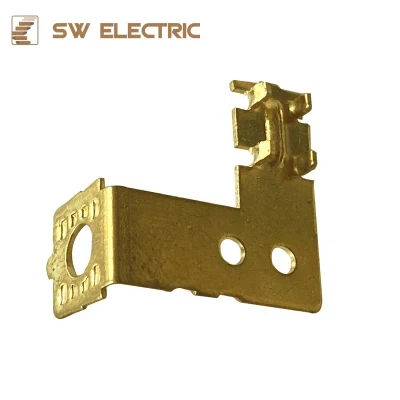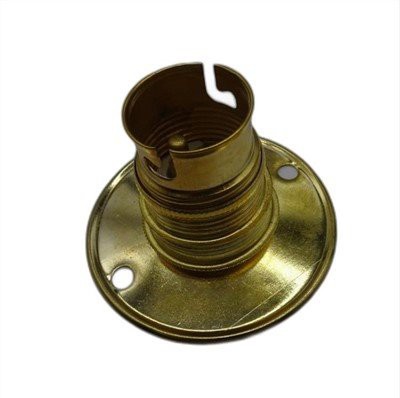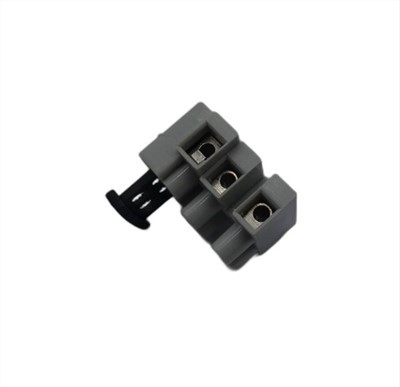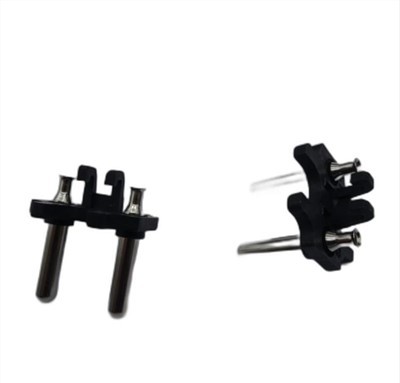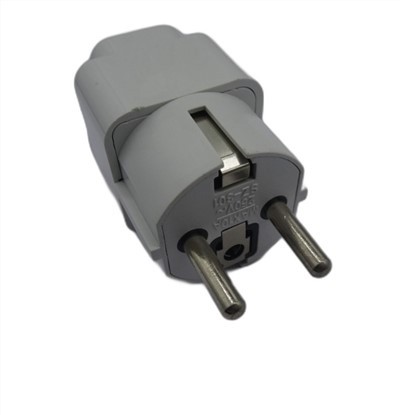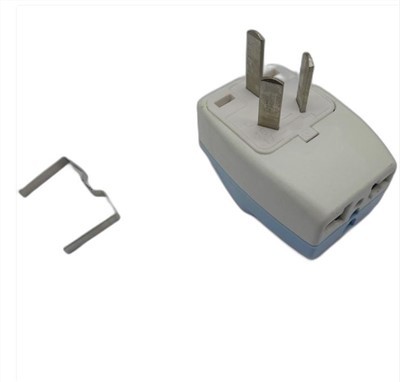Plastic injection molding operation method
Varies due to processing materials. The injection molding of thermoplastics includes processes such as feeding, plasticizing, injection, holding pressure, cooling, and demoulding. The molding of thermosetting plastics and rubber also includes the same process, but the barrel temperature is lower than that of thermoplastics, and the injection pressure is higher. The mold is heated. After the material is injected, it needs to undergo a curing or vulcanization process in the mold, and then release the film while it is hot .
Injection molding refers to a model with a certain shape. The molten colloid is injected into the cavity by pressure to form. The process principle is: melt the solid plastic at a certain melting point, and inject the mold at a certain speed through the pressure of the injection machine Inside, the mold is cooled by water channels to solidify the plastic to obtain the same product as the designed cavity.
Injection molding (injection molding) is a method in which thermoplastic or thermosetting molding materials are uniformly plasticized in a heating barrel, and then pushed into the cavity of a closed mold by a plunger or a moving screw.
Injection molding is suitable for almost all thermoplastics. Injection molding has also been successfully used to mold certain thermoset plastics. The molding cycle of injection molding is short (a few seconds to a few minutes), and the quality of molded products can range from a few grams to tens of kilograms. It can form molded products with complex shapes, accurate dimensions, and metal or non-metal inserts at one time. Therefore, the method has strong adaptability and high production efficiency.
Injection molding machines are divided into two categories: plunger injection machines and screw injection machines. They are composed of three parts: injection system, clamping system and plastic mold. The molding methods can be divided into:
(1) Exhaust injection molding. The exhaust type injection machine for exhaust type injection molding applications has an exhaust port in the middle of the barrel and is also connected to the vacuum system. When the plastic is plasticized, the vacuum pump can evaporate the water vapor, monomer and volatilization contained in the plastic. Sexual substances and air are drawn away through the exhaust port; the raw materials do not need to be pre-dried, thereby improving production efficiency and product quality. It is especially suitable for the molding of polycarbonate, nylon, plexiglass, cellulose and other materials that are easy to absorb moisture.
(2) Flow injection molding. Flow injection molding can use ordinary moving screw injection machine. That is, the plastic is continuously plasticized and squeezed into the mold cavity with a certain temperature. After the plastic fills the cavity, the screw stops rotating. The thrust of the screw is used to keep the material in the mold under pressure for a proper time, and then cool and shape. Flow injection molding overcomes the equipment limitations of producing large products, and the quality of the parts can exceed the maximum injection volume of the injection machine. Its characteristic is that the plasticized object is not stored in the barrel, but is continuously extruded into the mold, so it is a method of combining extrusion and injection.
(3) Co-injection molding. Co-injection molding is a method that uses an injection machine with two or more injection units to inject different varieties or different colors of plastic into the mold at the same time or sequentially. This method can produce composite products with multiple colors and/or multiple plastics. The typical co-injection molding is two-color injection and multi-color injection.
(4) No runner injection molding. There is no runner in the mold, but the extended nozzle of the injection machine directly injects the molten material into each cavity. During the injection process, the plastic in the flow channel remains molten and flowing, and does not come out with the product during demolding, so there is no flow channel residue on the part. This molding method not only saves raw materials, reduces costs, but also reduces procedures, which can achieve fully automatic production.
(5) Reaction injection molding. The principle of reaction injection molding is to pump the reaction raw materials into the mixing head after being metered by a metering device, collide and mix in the mixing head, and then inject into a closed mold at a high speed for rapid curing, demolding, and taking out the product. It is suitable for processing some thermosetting plastics and elastomers such as polyurethane, epoxy resin, unsaturated polyester resin, silicone resin, and alkyd resin. Mainly used for polyurethane processing.
(6) Injection molding of thermosetting plastics. Granular or agglomerated thermosetting plastics are plasticized into a viscous state through the action of a screw in a strictly controlled temperature barrel. Under higher injection pressure, the material enters a mold within a certain temperature range for cross-linking and solidification. In addition to physical state changes, thermosetting plastic injection molding also has chemical changes. Therefore, compared with thermoplastic injection molding, there is a big difference in molding equipment and processing technology.


